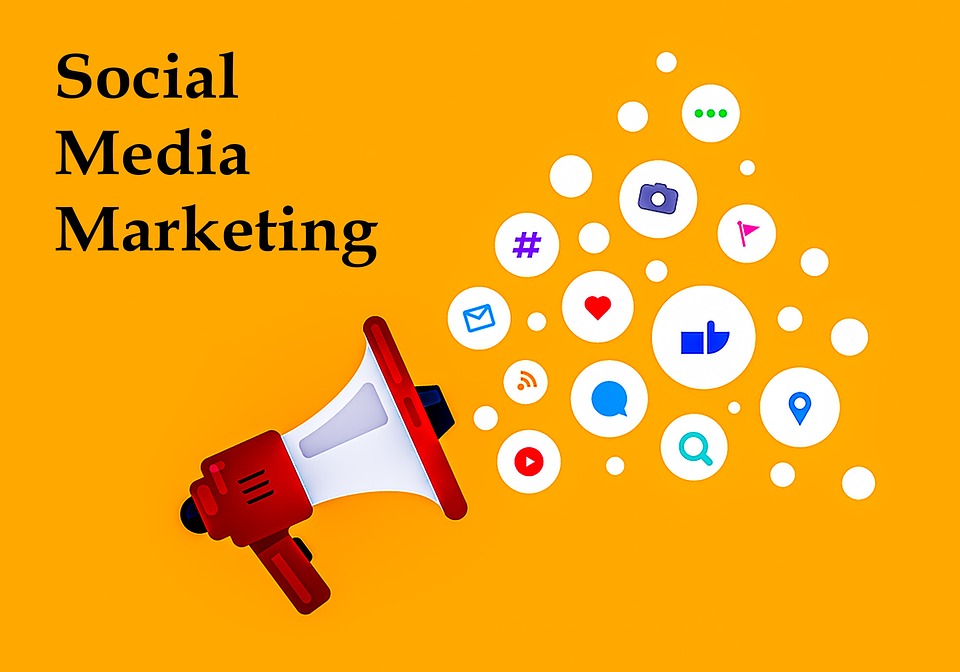Exploring the Cutting-Edge Trends in Website Design
In today’s digital age, websites have become an essential tool for businesses and individuals alike. A well-designed website can engage users, convey information effectively, and leave a lasting impression. As technology continues to evolve, so does the field of website design. In this article, we will explore the cutting-edge trends that are shaping the future of website design.
1. Minimalistic Design: Less is More
One of the most prominent trends in website design is the shift towards minimalistic design. This approach focuses on removing unnecessary elements and clutter, allowing the content to take center stage. By using ample white space, simple typography, and clean lines, minimalistic websites offer a sleek and visually appealing experience. This trend not only enhances user experience but also improves website loading times.
2. Dark Mode: Embracing the Shadows
Dark mode has gained significant popularity in recent years, with many websites and applications offering a dark color scheme as an alternative to the traditional light mode. Dark mode not only reduces eye strain in low-light conditions but also adds an element of sophistication to website design. This trend is especially prevalent in gaming, entertainment, and creative industries, where it creates a visually immersive experience.
3. Microinteractions: Adding Life to Websites
Microinteractions are small animations or visual cues that provide feedback to users, making the website feel more interactive and responsive. These subtle animations can be as simple as a button changing color when clicked or a loading spinner. Microinteractions not only enhance user engagement but also make websites feel more alive and dynamic.
4. Responsive Design: Adapting to Different Devices
With the increasing use of smartphones and tablets, responsive design has become a necessity rather than a luxury. Responsive design ensures that websites adapt seamlessly to different screen sizes and resolutions, providing an optimal viewing experience across devices. This trend focuses on fluid grids, flexible images, and media queries to ensure that the content is accessible and visually appealing, regardless of the device being used.
5. Voice User Interface (VUI): Interacting through Speech
The rise of voice assistants and smart speakers has led to the emergence of voice user interfaces (VUI) in website design. VUI allows users to interact with websites using voice commands instead of traditional input methods such as typing or clicking. This trend is revolutionizing the way users engage with websites, making it more convenient and accessible for people with disabilities or those on the go.
6. Augmented Reality (AR) Integration: Blurring the Digital and Physical Worlds
Augmented Reality (AR) is no longer limited to gaming and entertainment; it is slowly finding its way into website design. AR integration allows users to overlay digital content onto the real world, creating a unique and interactive experience. This trend is particularly relevant for e-commerce websites, where users can virtually try on clothes or visualize furniture in their living spaces before making a purchase.
7. Custom Illustrations and Graphics: Adding a Personal Touch
To stand out from the crowd, many websites are opting for custom illustrations and graphics instead of generic stock images. Custom visuals create a unique brand identity and add a personal touch to the website. This trend emphasizes creativity, originality, and storytelling, allowing businesses to communicate their message effectively and engage users on a deeper level.
8. Scroll-Triggered Animations: Revealing Content with Style
Scroll-triggered animations are an innovative way to engage users as they navigate through a website. These animations come to life as users scroll down the page, revealing content in a visually appealing and interactive manner. This trend adds an element of surprise and delight, making the website experience more memorable and engaging.
9. Artificial Intelligence (AI) Integration: Smarter Websites
Artificial Intelligence (AI) has made significant advancements in recent years, and its integration into website design is becoming more prevalent. AI-powered chatbots and virtual assistants enhance user experience by providing instant support and personalized recommendations. AI can also be used to analyze user behavior and optimize website design and content accordingly.
10. Sustainability and Accessibility: Designing for a Better Future
As society becomes more conscious of environmental and social issues, website designers are incorporating sustainability and accessibility into their design practices. This trend focuses on creating websites that are energy-efficient, use eco-friendly hosting services, and adhere to accessibility guidelines. By prioritizing inclusivity and sustainability, website designers contribute to a better and more ethical digital landscape.
In conclusion, website design is an ever-evolving field, driven by advancements in technology and changing user expectations. These cutting-edge trends, such as minimalistic design, dark mode, microinteractions, responsive design, VUI, AR integration, custom illustrations, scroll-triggered animations, AI integration, and sustainability and accessibility, are shaping the future of website design. By embracing these trends, businesses and individuals can create visually stunning, user-friendly, and engaging websites that leave a lasting impression on their audience.





